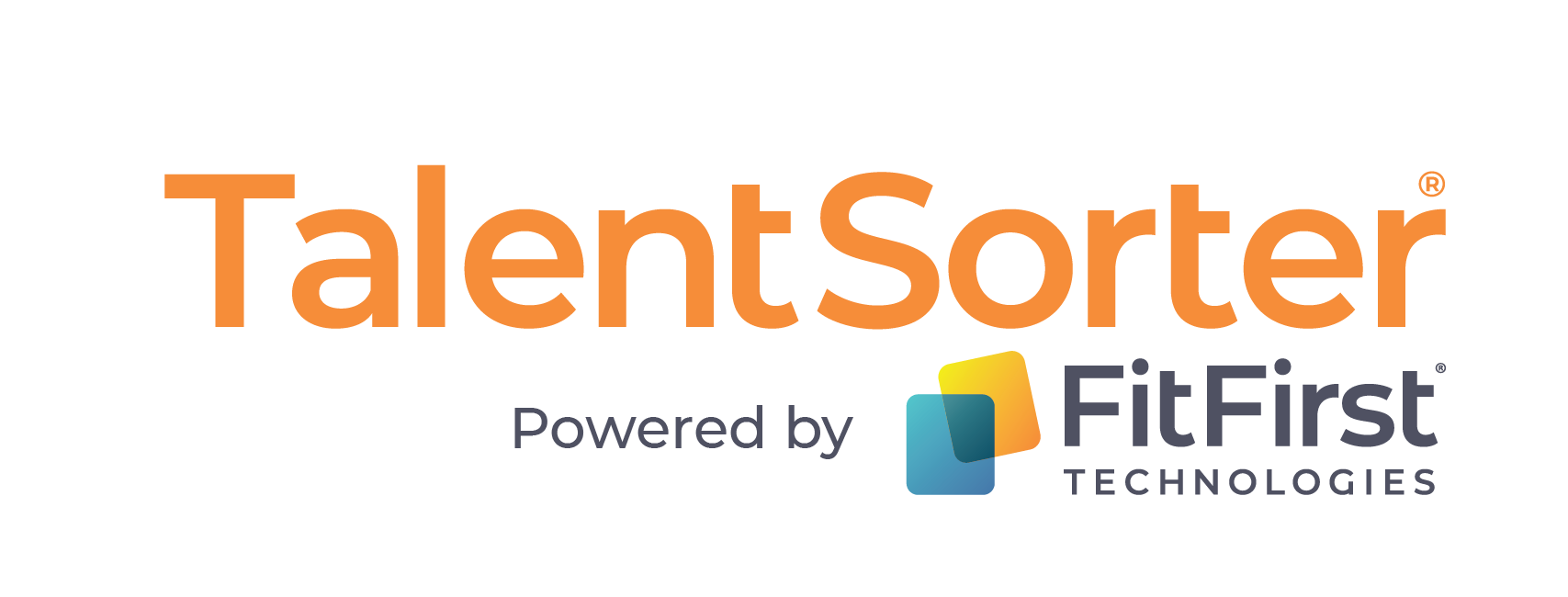Note: This blog was co-authored by Paul Pittman of The Human Well and was originally published here.
Part 1
In leadership circles we talk a lot about engagement; how to get it, what it looks like and what it is worth. In a nutshell we want happy employees prepared to donate discretionary effort and go the extra mile.
In family-run businesses engagement is no less important but it often appears as if the path to achievement is shorter and requires less effort – almost as though it ‘happens’ by osmosis.
Why is that?
A family business is intimate and when starting out usually the family is ‘in the business’; the values that drive the family at home are evident at work in the product, service and culture. Employees and customers become extended family building a relationship with the product or service and by extension, the owners.
The owner’s values and code of conduct, are apparent everywhere. In the early days, owners obsess about hiring the right people – folks who share the vision and who can be counted on to treat customers the same way, often with the owner involved in every interview and hiring decision.
Businesses however are not static; they grow. Owners become too busy to impose their personal screen on every new hire and so they depend upon hiring managers to apply the recruitment template. Family businesses however, don’t run on policy and written practice; recruitment screening by an owner is from the gut and intuitive. The same way people were accepted into the family.
Managers made responsible for hiring had to shoulder that responsibility and try to emulate the screening process and spot that nebulous combination of traits and characteristics that it took to pass muster with the boss. Owners assumed that managers could be as discerning as they were when it came to preserving and perpetuating the attributes of Family DNA.
While the business was contained in one location this delegation probably worked satisfactorily, with the owner being able to review the hiring decisions of his manager by simply walking around. Poor decisions could be worked on over time and the owner was still able to say that the business hired and managed for family values. Not as strongly as before maybe but that was still true……until that is the second location came along.
Workplace DNA degrades over time. Even if managers got it 90% right 90% of the time, it doesn’t take long before the characteristics that once defined all employees (and the brand) begin to dilute. When those employees who are slightly ‘off spec’ move into roles where they themselves are hiring, promoting, or developing talent, the once-pure DNA morphs into something that is far less uniform and recognizable. Engagement, productivity, and often customer relationships begin to change. Unaware of this invisible, gradual erosion, owners imperceptibly begin to lose the control that they had over how their people deliver the product and respond to customers.
Performance is no longer optimized and is flat or deteriorating and begins to be justified by other economic factors e.g. the season, cost of raw materials, exchange rate etc. There is no method of measuring culture’s affect on performance; it’s like diversity and sustainability – we know they improve performance but not by how much.
Preserve your DNA through consistent rigorous hiring practices.
As in every other aspect of business, the hiring process needs to be systematic, no different than quality control applied to a production line. What is needed is for the owner to pass on to managers a disciplined, objective, quantifiable template that replicates the intuitive screening process originated by the owner when the business began. Tools are available to screen candidates for the right fit much more reliably than a hiring manager trying to replicate the style of an owner ever could. A disciplined neutral screening process for all new hires that measures the ‘un-measurable’ – the underlying traits, attitudes and values that are the underpinnings of the Family DNA and that define, at a deep level, ‘who’ a person is and how they will engage with the world around them.
These tools don’t have to be complicated to use, or expensive… and they can save a growing business time and frustration. TalentSorter for example measures a total of 25 traits in 5 categories present amongst current employees (e.g. their profile, how they interact with others, how they approach work, how they deal with change, and how they handle adversity). Once the composite picture of the desired DNA is clear, the system builds a template that screens candidates for the same unique combination of traits, and identifies those most likely to ‘fit’.
No more guesswork, no more relying on ‘gut instinct’ and no more degradation of DNA.
Part 2
In our last article we talked about family businesses and how critical recruitment was if an enterprise’s DNA was to be retained. We talked about the danger of culture becoming diluted as the business grew or spread geographically, and the invisible drag on performance that this can create.
Perpetuating the defining core attributes of a family enterprise as it grows requires discipline coupled with ‘guided evolution’ for others values as needed!
The component most often overlooked is ‘culture’ which cannot be mandated or imposed. Telling an employee that ‘we expect you to love our customers’ isn’t going to make it so. Culture is the reflection of the attitudes, standards, beliefs and values of all the people who form an enterprise. It therefore becomes imperative to screen all new employees for values that align.
Company dynamics fundamentally change at about 150 people. Facebook’s Chief Product Officer Chris Cox said that “….weird stuff started to happen and the company needed more structured communication and decision-making.” Flat management structures with limited hierarchy and consensus-based decision-making cease to be effective. Staff became stalled because it is unclear who makes decisions. Employees want more feedback and development than managers have the time to provide.
Robin Dunbar theorized that humans can only really maintain up to 150 personalized relationships. The so-called Dunbar number is the size of military companies. Keeping things below 150 means you can manage by peer pressure, and avoid hierarchy or policemen. Above and they cease to be a cohesive, culture-reinforcing unit.
When “we can’t hear you” is the response to a Town Hall meeting, it is time to start rethinking communications. This is about the time when company culture becomes less about tribe and more about the customers the tribe serves. Leaders need to focus more on business context rather than rules, what’s working and what’s not to enable staff to continue to define solutions. For example Netflix, abandoned the tracking of vacation days and their entertainment and travel policy became “act in the Company’s best interest.”
Gore & Associates, a private manufacturer has over 10,000 employees but factories do not exceed 150 employees because bigger than that and “we decided” became “they decided”. 150 people can all know each other and feel confident in committing to group goals and values.
Time spent talking with staff about objectives and with new employees about the company history will perpetuate and influence culture in the same way that the “tribe” cultivated it at an earlier stage. The objective is to add structure without crimping creativity, speed, and the empowerment that were responsible for past success.
People with exactly the right cultural values will be scarce as will those who come close and can be coached. Senior-level hires are even more difficult; we become set in our ways as we age and might hear the coaching and even appreciate it but won’t adopt the modified behaviors.
Organizations that are growing need to be really good at identifying people with the right standards, attitudes and values early in their career, before views solidify. They need to be intentional about how they teach, guide and coach these recruits into fitting more snuggly into the culture.
Employers cannot rely on being able to shop externally and must aim to get really good at growing their own.
Like any successful sports team a good academy will help. Hire the right DNA into every position then invest in growing and developing a cadre of leaders who will perpetuate the founding culture.
Managers will need ‘slack’ in their day to observe, coach and develop their people – they can’t be ‘doing’ all day long – and clear accountability for development needs to lay with with both manager and individual employees.

